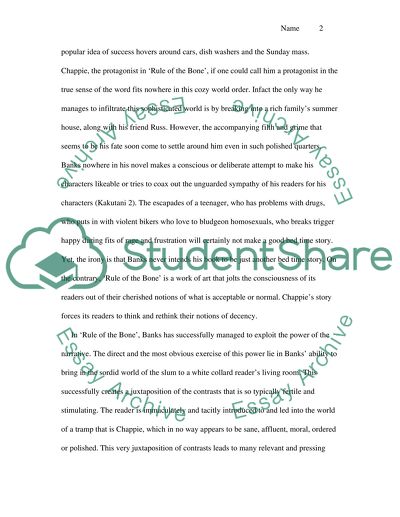Cite this document
(Rule of the Bone: A Quest for Independence Literature review, n.d.)
Rule of the Bone: A Quest for Independence Literature review. https://studentshare.org/literature/1547488-researched-literary-analysis
Rule of the Bone: A Quest for Independence Literature review. https://studentshare.org/literature/1547488-researched-literary-analysis
(Rule of the Bone: A Quest for Independence Literature Review)
Rule of the Bone: A Quest for Independence Literature Review. https://studentshare.org/literature/1547488-researched-literary-analysis.
Rule of the Bone: A Quest for Independence Literature Review. https://studentshare.org/literature/1547488-researched-literary-analysis.
“Rule of the Bone: A Quest for Independence Literature Review”. https://studentshare.org/literature/1547488-researched-literary-analysis.


